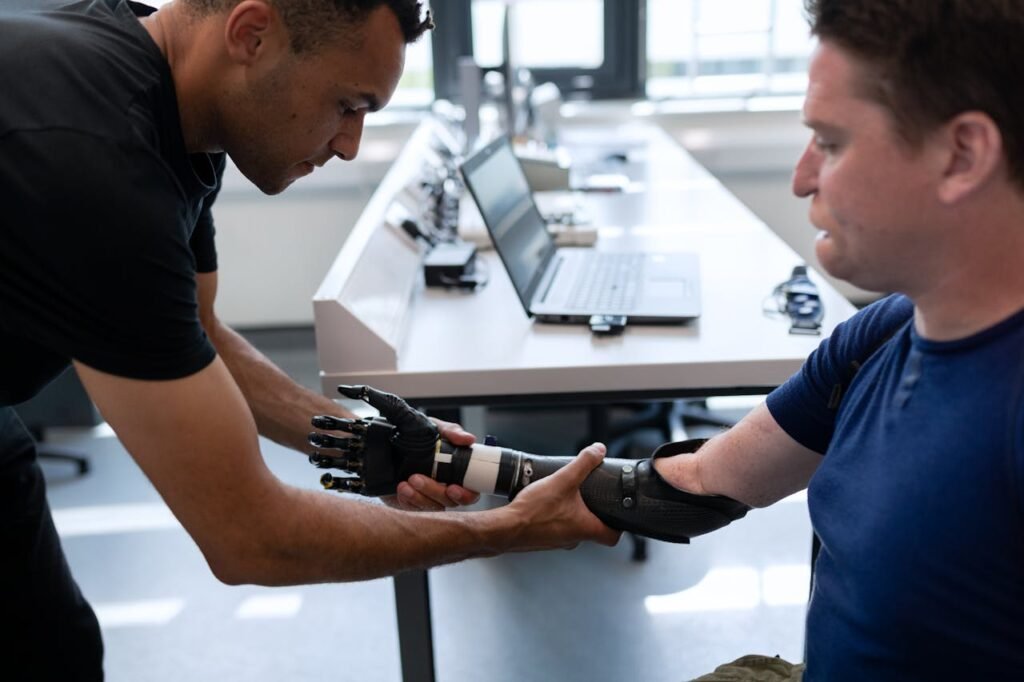Prosthetic devices have always been more than functional aids—they are symbols of resilience and adaptability. As the field of prosthetics evolves, it is not just technological advancements that influence designs but also cultural shifts and values. Around the world, diverse traditions, social norms, and personal identities are becoming integral to shaping how prosthetic devices are conceptualized and crafted. This intersection of culture and innovation is redefining what prosthetics can achieve, both functionally and emotionally.
In this article, we’ll explore how cultural innovations are influencing prosthetic designs, highlighting their impact on aesthetics, accessibility, and personalization. From addressing local needs to embracing cultural pride, the journey of prosthetic development is more connected to human stories than ever before.
The Influence of Local Traditions on Prosthetic Aesthetics
Cultural heritage often plays a pivotal role in defining beauty, art, and design. Prosthetic devices, traditionally designed for functionality, are increasingly reflecting these aesthetic preferences to create devices that feel more personal and culturally aligned.
In many regions, the idea of a prosthetic as an extension of the self is taking a more literal form, with designs that incorporate local art, patterns, and symbols.
Honoring Regional Art and Craftsmanship
Local artistry is often deeply tied to the identity of a community. Whether it’s the intricate wood carvings of Africa, the geometric patterns of Middle Eastern textiles, or the vibrant colors of Indian folk art, these elements represent a rich cultural narrative.
By incorporating such artistry into prosthetic designs, businesses can create devices that feel authentic and personal to their users.
For instance, prosthetics inspired by African beadwork or tribal symbols can preserve the user’s connection to their heritage while adding an element of personalization.
Similarly, in regions like Latin America, where bright colors and floral patterns are cultural staples, prosthetic designs that incorporate these themes can create an emotional resonance that standard designs cannot achieve.
Creating Designs That Celebrate Festivals and Cultural Events
Local traditions often revolve around festivals, ceremonies, and seasonal events that hold deep significance for communities. Prosthetic designs that align with these cultural celebrations can enhance the user’s experience and provide a sense of pride and inclusion.
For example, in regions where weddings are culturally rich and highly visual events, prosthetics that reflect ceremonial motifs or match traditional attire can become part of the celebration rather than being perceived as a medical device.
In Japan, prosthetic designs inspired by cherry blossoms or traditional kimono patterns could resonate during cultural events like hanami (cherry blossom viewing) or weddings.
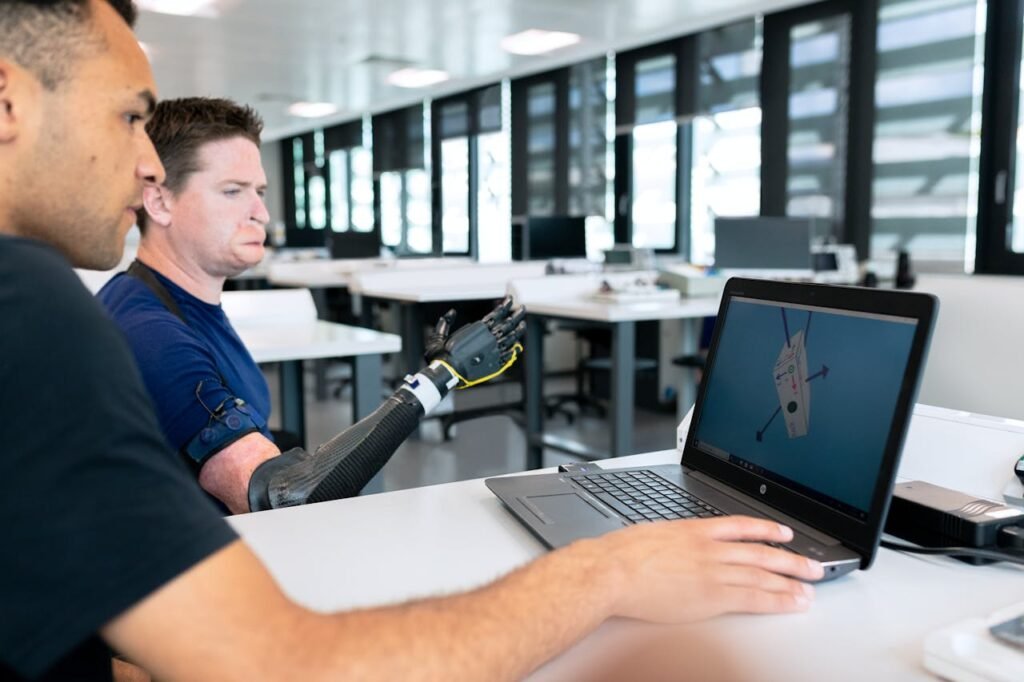
Integrating Cultural Stories into Design Narratives
Every cultural tradition carries stories—myths, legends, and symbols that hold deep meaning for a community. Integrating these narratives into prosthetic designs can create devices that tell a story, making them more than a physical aid.
For instance, a prosthetic limb inspired by indigenous storytelling motifs could include patterns that depict tales of resilience or strength, reflecting the user’s personal journey.
In Indian culture, where peacocks symbolize grace and beauty, prosthetic designs inspired by these birds could empower users by associating them with positive attributes of their heritage.
Adapting Traditional Materials for Modern Prosthetics
Materials play a significant role in connecting prosthetic designs to local traditions. Many cultures have a history of using natural or indigenous materials in their crafts, from bamboo in Asia to leather and beads in Africa.
While these materials may not always meet the technical requirements of modern prosthetics, they can inspire design elements or surface treatments that echo their aesthetic.
For example, bamboo-inspired finishes can add an organic touch to a prosthetic while maintaining the structural integrity of modern materials.
Similarly, patterns that mimic traditional weaving techniques or beadwork can be incorporated into the outer layers of a prosthetic limb.
Building a Dialogue Around Cultural Identity
Aesthetic design rooted in local traditions is not a one-size-fits-all solution; it requires an ongoing dialogue with users and communities.
Businesses can establish platforms for users to share their preferences, cultural inspirations, and personal stories, making the design process collaborative and inclusive.
Hosting design workshops, surveys, or community forums can help manufacturers understand the cultural nuances that influence user preferences.
This collaborative approach not only results in more meaningful designs but also builds trust and strengthens the relationship between the business and its customers.
Bridging Global and Local Through Cultural Innovation
While focusing on local traditions, manufacturers should also consider how these designs can appeal to a global audience. Cultural aesthetics often have universal appeal, offering an opportunity to position culturally inspired prosthetics as unique and desirable products in international markets.
For instance, a prosthetic inspired by Maori tattoos from New Zealand could resonate with users worldwide who appreciate the artistry and symbolism of such designs.
Similarly, prosthetics with Indian henna patterns might appeal to users outside India who admire the intricacy and beauty of this art form.
Addressing Societal Norms Through Design
Cultural perceptions of disability vary widely across the globe. In some cultures, disabilities are stigmatized, leading individuals to seek prosthetics that minimize visibility.
In others, there is a growing movement toward celebrating diversity, with prosthetics designed to stand out as bold statements of empowerment.
Designing for Discretion
In societies where disabilities are stigmatized or misunderstood, prosthetics that minimize visibility are often preferred. Users in these contexts may value designs that allow them to seamlessly integrate into daily life without drawing attention to their prosthetic.
This preference underscores the need for sleek, unobtrusive designs that prioritize functionality and comfort while maintaining a low profile.
Businesses can respond to this need by focusing on ergonomic designs that mimic the natural appearance and movement of human limbs. High-quality silicone skins, for instance, can replicate the texture and tone of real skin, helping the prosthetic blend into the user’s body.
Such designs not only enhance aesthetic appeal but also boost the user’s confidence, reducing feelings of self-consciousness in social settings.
Empowering Through Visibility
In contrast, there are cultures and movements where prosthetics are seen as symbols of empowerment and individuality. For users in these contexts, prosthetic designs are an opportunity to stand out and celebrate their uniqueness.
Bright colors, bold patterns, and innovative shapes transform prosthetics into statements of strength and resilience, challenging stereotypes and inspiring others.
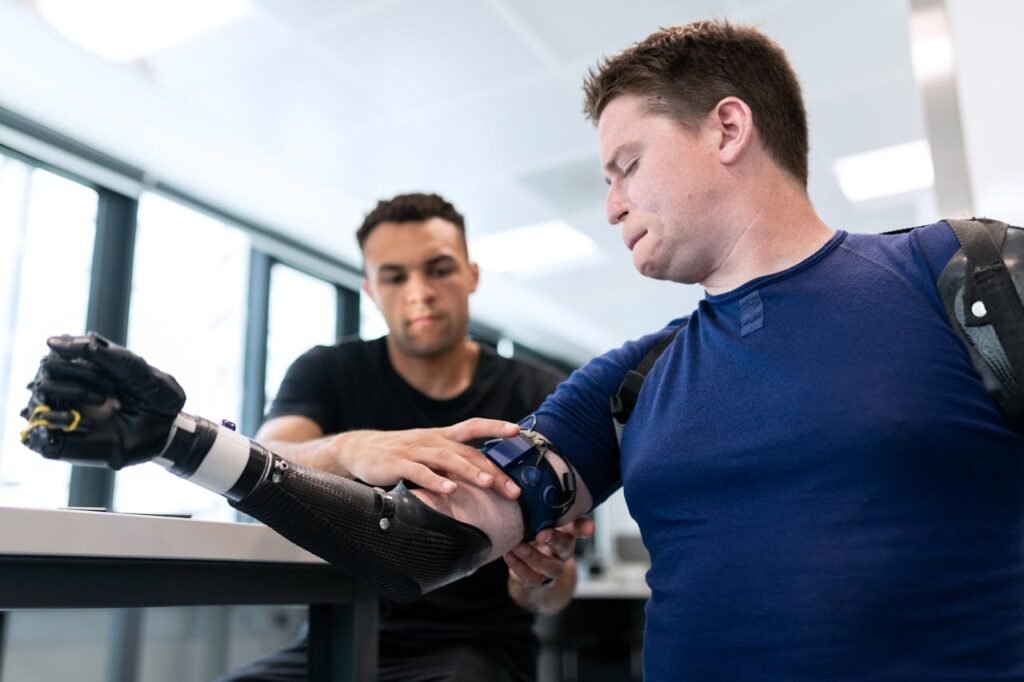
Businesses can embrace this perspective by designing prosthetics that prioritize visual appeal and personalization. For example, prosthetics with artistic designs, such as intricate patterns or even user-chosen graphics, allow individuals to express their personalities and values.
Such options resonate particularly with younger users and those who see their prosthetic as part of their identity rather than just a medical device.
Balancing Cultural Sensitivities
For businesses operating in diverse markets, balancing discretion and visibility in design is key to meeting varied user needs. This balance requires an understanding of how societal norms intersect with personal preferences, as well as the ability to adapt designs to reflect these complexities.
In regions where mixed attitudes toward disability exist, offering a range of design options can be highly effective. Users who prefer a more discreet prosthetic should have access to designs that meet their need for subtlety, while those who wish to embrace visibility should be able to choose from vibrant, artistic models.
Ensuring that both groups feel represented and respected fosters a sense of inclusivity and enhances brand loyalty.
Redefining Norms Through Storytelling
Prosthetic manufacturers are uniquely positioned to influence societal perceptions of disability through storytelling. Highlighting real-life stories of users who have redefined societal norms by embracing their prosthetics can inspire and educate communities.
These narratives can challenge outdated stigmas and celebrate the diversity of experiences among prosthetic users.
Businesses can take a strategic approach by featuring these stories in marketing campaigns, product launches, or community events. For instance, showcasing a professional athlete who uses a high-performance prosthetic or an artist whose prosthetic design reflects their cultural heritage can create a powerful narrative that resonates with audiences.
This approach not only builds emotional connections with users but also establishes the brand as a thought leader in promoting inclusivity and empowerment.
Addressing Gender and Age Dynamics
Societal norms around prosthetics often differ based on gender and age, requiring manufacturers to consider these factors in their designs.
In some cultures, women may face additional stigma when using prosthetics, while men might be encouraged to adopt designs that emphasize strength and functionality.
Similarly, younger users often seek designs that reflect contemporary trends, whereas older users may prioritize comfort and simplicity.
For businesses, addressing these dynamics means offering tailored solutions that reflect the unique needs of each demographic. Prosthetics designed for women, for example, might include features like ergonomic adjustments for different body shapes or aesthetic elements inspired by jewelry or fashion trends.
Cultural Values and Accessibility
Accessibility is not just about affordability; it is deeply rooted in cultural values. In many countries, the ability to access prosthetic care is shaped by societal priorities and resource distribution.
Cultural innovations in prosthetic design are now addressing these disparities by creating devices that are more cost-effective and adaptable to local environments.
Designing for Practical Realities
Cultural values often influence the environments in which prosthetics are used, and these environments can pose unique challenges. For instance, in rural or remote regions, rugged terrains, extreme climates, and limited healthcare infrastructure make durability and ease of maintenance essential.
In these settings, prosthetics designed with robust materials and simple repair mechanisms become more accessible by aligning with the daily realities of users.
For businesses, this means developing designs that prioritize practicality without compromising quality. Modular components that can be easily replaced or repaired locally not only reduce costs for users but also reflect a deep understanding of their lived experiences.
Partnering with local workshops or training communities to handle basic repairs ensures that prosthetics remain functional over time, reinforcing trust in the brand.
Affordability Without Compromise
While affordability is a universal component of accessibility, it takes on different meanings depending on cultural contexts. In some societies, affordability might mean reducing upfront costs, while in others, it involves creating products that deliver long-term value through durability and adaptability.
Businesses can strategically address these nuances by adopting flexible pricing models, such as tiered options that cater to different economic segments.
Entry-level prosthetics designed for essential functionality can make the technology accessible to low-income users, while premium models can meet the demands of more affluent customers seeking advanced features.
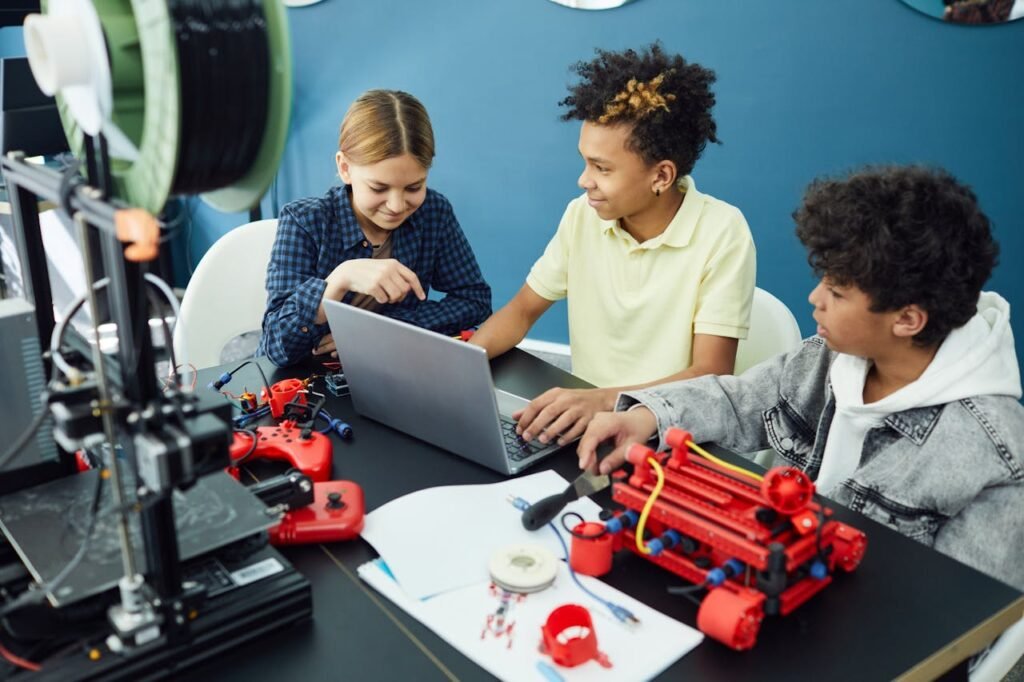
Localization as a Path to Accessibility
Localization is a powerful strategy for enhancing accessibility, especially in regions where cultural values prioritize community-based solutions. By producing prosthetics locally or sourcing materials from the region, businesses can lower costs, reduce production timelines, and support local economies.
For example, using bamboo—a sustainable and culturally significant material in parts of Asia—as a component for prosthetic design not only reduces costs but also creates a product that feels familiar and meaningful to users.
Similarly, incorporating locally crafted aesthetic elements, such as beadwork or textiles, strengthens the connection between the prosthetic and the user’s cultural identity.
Addressing Social Stigma Through Accessibility
In many cultures, social stigma around disability remains a significant barrier to accessibility. Users may hesitate to seek or use prosthetics due to fear of judgment or exclusion. In such contexts, accessibility involves addressing these societal attitudes alongside providing physical products.
Businesses can play an active role in shifting cultural perceptions by designing prosthetics that challenge stereotypes and celebrate diversity. Offering designs that emphasize beauty, strength, and individuality can help users embrace their prosthetic as a source of pride.
Inclusive marketing campaigns that feature real users, showcase their achievements, and celebrate their journeys can further break down stigmas and encourage acceptance.
Education as a Tool for Accessibility
Accessibility is not just about providing prosthetics; it’s about ensuring users know how to use, maintain, and benefit from them. In many cultures, limited awareness or lack of education about prosthetic technology hinders accessibility.
Businesses can bridge this gap by investing in user education tailored to local contexts.
Workshops, training programs, and digital resources can empower users with the knowledge they need to maximize the functionality of their prosthetics.
For regions with low literacy rates, visual guides or community-based training sessions can be effective tools for education. Providing these resources in local languages and incorporating cultural references ensures they resonate with users and address their unique needs.
Celebrating Identity Through Customization
One of the most significant cultural innovations in prosthetic design is the shift toward customization. Prosthetics are no longer seen as one-size-fits-all solutions but as extensions of individual identity. In cultures where self-expression is highly valued, this trend has gained considerable momentum.
The Emotional Connection of Personalization
One of the most significant impacts of customization is the emotional connection it fosters between the user and their prosthetic. A limb that features a user’s favorite color, a meaningful pattern, or a symbol of their heritage becomes a source of pride rather than a reminder of loss.
This emotional bond can lead to greater acceptance and usage of the device, enhancing the user’s overall quality of life.
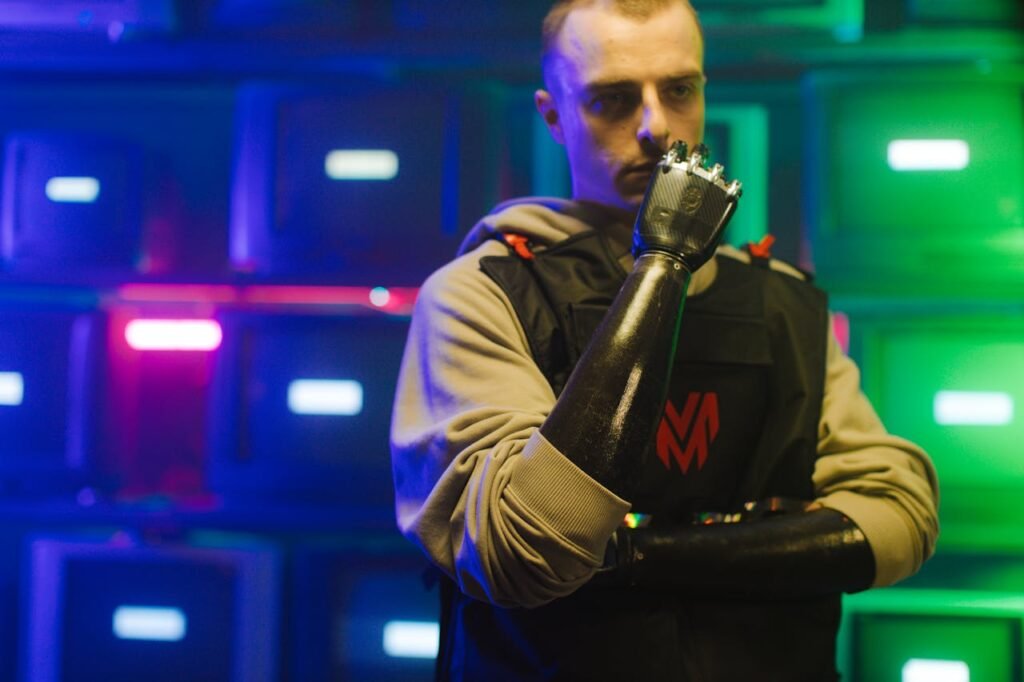
For businesses, understanding the depth of this connection is crucial. Offering a variety of design options—whether through bespoke surface designs, interchangeable covers, or engravings—allows users to feel that their prosthetic is uniquely theirs.
Partnering with professional designers or local artisans to develop these options ensures that they are both visually appealing and culturally significant.
Building Brand Loyalty Through Individualization
When a prosthetic is tailored to reflect the user’s identity, it fosters a sense of loyalty toward the brand. Users who feel their needs and preferences are genuinely understood are more likely to remain connected with the company for future products, upgrades, or services.
Businesses can leverage this opportunity by maintaining long-term relationships with users. Offering periodic updates or new customization features keeps the product fresh and ensures that it continues to reflect the user’s evolving personality and preferences.
For example, introducing seasonal design themes or collaborations with artists can create excitement and encourage users to re-engage with the brand.
Addressing Cultural and Regional Preferences
Customization also allows businesses to cater to the diverse cultural and regional preferences of their users. In different parts of the world, aesthetics, colors, and patterns carry unique meanings, and incorporating these elements into prosthetic designs ensures relevance and resonance.
For example, a prosthetic designed for a user in India might incorporate intricate henna-inspired patterns, while one for a user in the Middle East might feature Arabic calligraphy.
In African markets, bold geometric patterns inspired by traditional textiles could reflect local art forms. Understanding these cultural nuances requires businesses to engage directly with communities, seeking input on what designs and symbols hold meaning for them.
The Role of Technology in Customization
Technology is playing a transformative role in making customization more accessible and precise. Advances in 3D printing, for instance, allow businesses to create highly detailed and personalized prosthetic designs at scale.
This technology also reduces production costs, making customization an affordable option for a wider range of users.
Moreover, digital tools like design apps or online platforms enable users to experiment with different styles and features before finalizing their choices.
These tools can be enhanced with augmented reality, allowing users to see how a prosthetic will look and feel in real life. Businesses that invest in such technologies not only enhance the user experience but also set themselves apart as innovators in the industry.
Fostering a Community of Creativity
Customization is also an opportunity to foster community engagement. By encouraging users to share their customized designs, businesses can create a vibrant community of creativity and inspiration.
Hosting design contests, for example, allows users to showcase their artistic talents while generating excitement around the brand.
These initiatives not only build a sense of camaraderie among users but also provide valuable insights into design trends and preferences. Businesses can use this feedback to refine their customization options and develop products that align more closely with user desires.
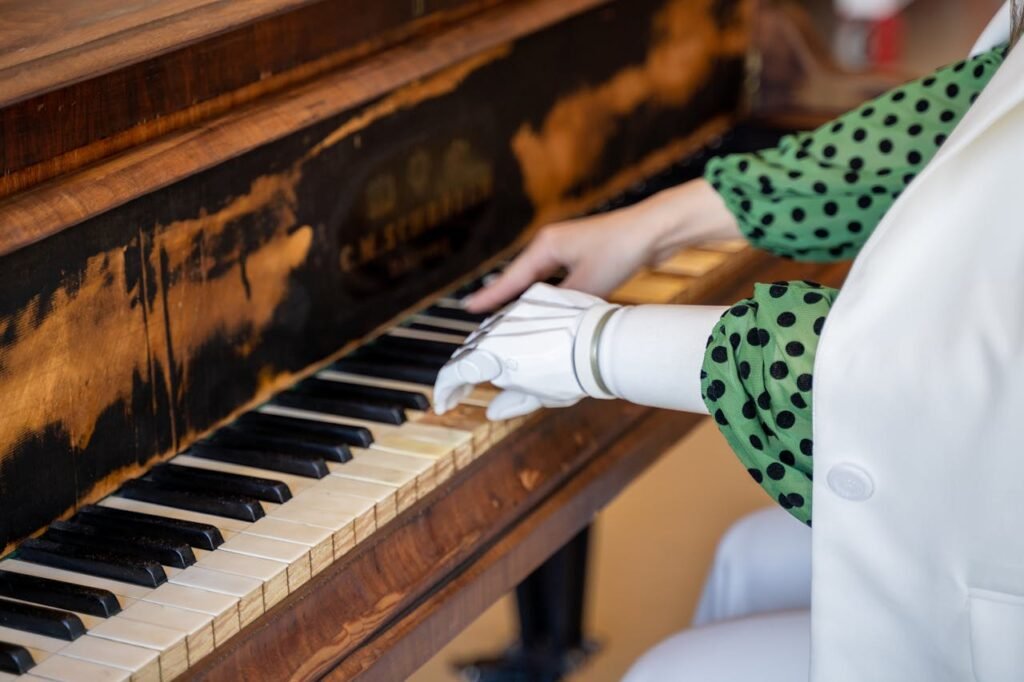
The Economic Impact of Culturally Driven Prosthetic Designs
Cultural innovations in prosthetic design not only redefine the user experience but also create new economic opportunities for businesses and communities. By embracing culturally tailored designs, manufacturers can tap into diverse markets and build stronger relationships with local populations.
Expanding Market Reach Through Cultural Sensitivity
Incorporating cultural elements into prosthetic designs allows businesses to resonate deeply with different communities. This localized approach builds trust and loyalty among users who feel their unique needs and identities are being acknowledged.
For instance, prosthetics inspired by traditional African beadwork or South Asian textiles appeal directly to cultural pride while addressing functional requirements.
This strategy is especially effective in regions where prosthetics are underutilized due to cultural barriers or lack of awareness. Businesses that invest in understanding and integrating local traditions can open, where consumers are increasingly drawn to unique, meaningful products.
Stimulating Local Economies
Integrating cultural elements into prosthetic designs creates opportunities to collaborate with local artisans, designers, and material suppliers. These collaborations not only enrich the design process but also stimulate local economies by providing sustainable employment opportunities.
For example, a company sourcing traditional textiles for prosthetic covers can create jobs for local weavers, preserving their craft while incorporating their artistry into the product.
Similarly, partnering with regional material suppliers, such as bamboo producers in Asia or leather craftsmen in Africa, supports small businesses and strengthens the local supply chain.
Generating Social Capital
Culturally driven prosthetic designs have the potential to generate significant social capital for businesses. By addressing cultural and emotional needs through design, companies build deeper relationships with their users, fostering trust and loyalty.
This social capital translates into economic benefits, as satisfied customers are more likely to recommend products and advocate for the brand.
Additionally, businesses that prioritize cultural sensitivity and inclusivity are often seen as ethical and socially responsible. This reputation can attract partnerships, funding, and support from governments, NGOs, and other organizations focused on social impact.
For example, a company that designs prosthetics with cultural motifs to empower indigenous communities might secure grants or subsidies aimed at promoting inclusivity and heritage preservation.
Driving Innovation Through Collaboration
Culturally driven designs encourage businesses to think creatively and innovate. Collaborating with local artists, cultural experts, and technologists often leads to breakthroughs in design, materials, and manufacturing processes.
For example, incorporating traditional patterns into 3D-printed prosthetics combines cutting-edge technology with cultural heritage, offering a unique product that stands out in the market.

These collaborations can also inspire new business models. For instance, offering limited-edition prosthetics based on cultural festivals or events creates exclusivity and demand, driving higher sales.
Such innovations not only enhance the company’s economic performance but also strengthen its position as a leader in the prosthetics industry.
Conclusion
Cultural innovations are revolutionizing the way prosthetic devices are designed, making them more than just tools for mobility. They have become symbols of identity, heritage, and pride, reflecting the unique stories of individuals and communities worldwide.
By weaving local traditions, aesthetics, and values into their designs, manufacturers are creating prosthetics that resonate emotionally and functionally with their users.
For businesses, this evolution offers immense opportunities. By embracing cultural nuances, investing in sustainable and accessible solutions, and fostering meaningful collaborations, companies can expand their market reach and drive positive change.
At the same time, these efforts empower users to feel seen, valued, and celebrated, transforming the perception of prosthetics from a necessity to a personal expression.



